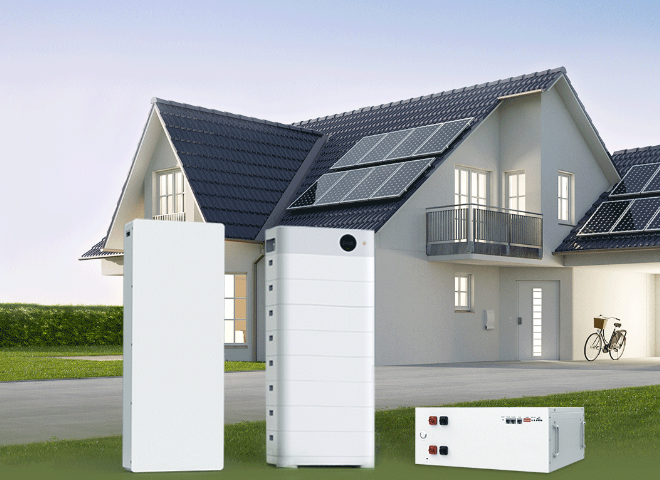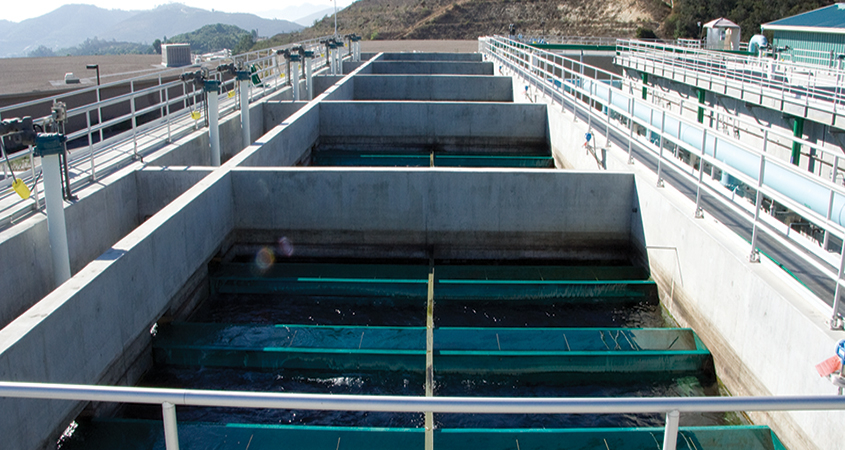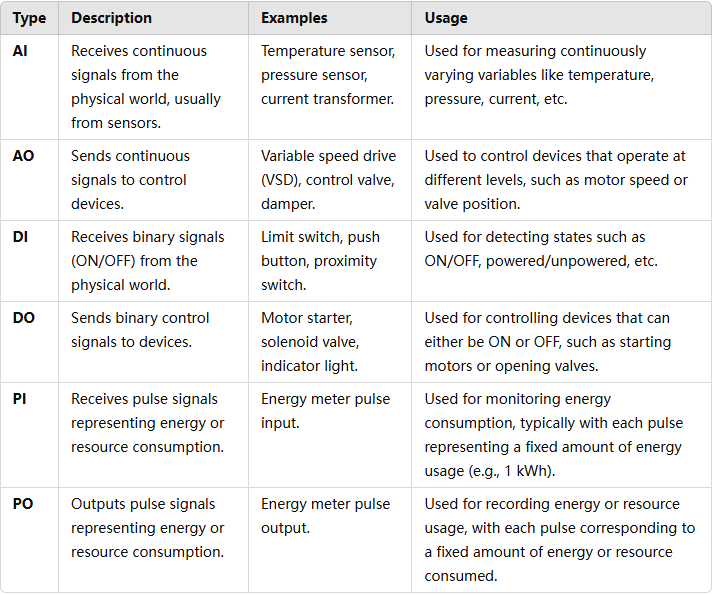Power tranducer types is classified by different factors, including including the type of measurement they perform, the nature of their input signals, and the number of phases they measure.
1. Power transducer by Measurement
Based on the specific electrical parameter they measure; power transducers can be divided into several types:
1.1 Voltage Transducers
Definition and Function: Voltage transducers are devices designed to measure electrical voltage levels and convert them into standardized output signals, such as 4-20 mA current loops or 0-10 V voltage signals. These outputs can be easily interpreted by monitoring systems, data loggers, and control equipment.

Working Principle: Voltage transducers typically operate by using voltage dividers or isolation transformers. They sample the input voltage, often scaling it down to a safer, more manageable level, and then process this signal through conditioning circuits to produce an accurate and linear output proportional to the input voltage.
1.2 Current Transducers
Definition and Function: Current transducers measure electrical current flowing through a conductor and convert it into a standardized output signal for monitoring and control purposes.
Working Principle: These transducers often employ techniques such as the Hall effect, shunt resistors, or current transformers. For instance, Hall effect current transducers use magnetic fields generated by current flow to produce a proportional voltage output, while current transformers induce a secondary current proportional to the primary current for measurement.
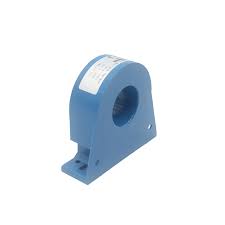
1.3 Power Transducers
Definition and Function: Power transducers measure the real (active), reactive, or apparent power in an electrical system and convert these measurements into standardized signals.

Working Principle: These devices simultaneously monitor voltage and current, processing these inputs to calculate power using mathematical relationships. For example, real power is calculated by multiplying voltage, current, and the cosine of the phase angle between them. The resulting value is then converted into a proportional output signal.
1.4 Frequency Transducers
Definition and Function: Frequency transducers measure the frequency of an electrical signal and convert it into a standardized output signal for monitoring and control.
Working Principle: These transducers detect the rate at which the input voltage waveform cycles, often using zero-crossing detection methods. The detected frequency is then processed and outputted as a signal proportional to the input frequency.
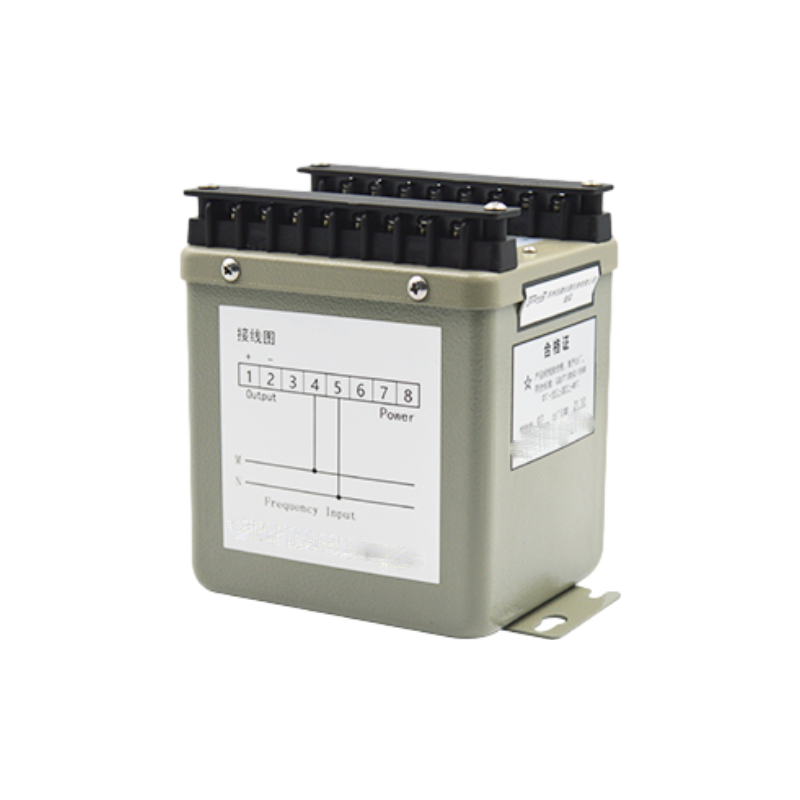
2. Power transducer types by Input Signal
Power transducers can also be categorized based on the nature of their input signals:
2.1 AC power Transducers
Definition and Function: AC transducers are designed to measure alternating current (AC) electrical parameters, such as voltage, current, power, frequency, and energy, and convert them into standardized output signals.
Working Principle: These transducers utilize methods suitable for handling sinusoidal and varying signals. For instance, they may use RMS (Root Mean Square) calculation techniques to accurately represent fluctuating AC signals in their outputs.
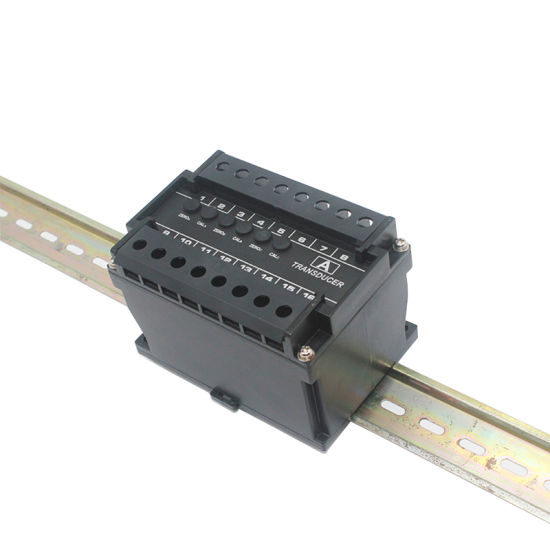
2.2 DC Power Transducers
Definition and Function: DC transducers are tailored to measure direct current (DC) electrical parameters and convert these measurements into standardized signals for monitoring and control.
Working Principle: These devices often employ methods like shunt resistors for current measurement or voltage dividers for voltage measurement. They provide stable and precise outputs corresponding to steady DC inputs.
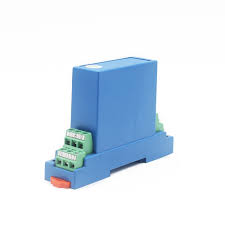
3. Power transducer types by Phase
Depending on the number of phases they can measure, power transducers are classified as follows:
3.1 Single-Phase power Transducers
Definition and Function: Single-phase transducers are designed to measure electrical parameters in single-phase power systems, common in residential and light commercial applications.
Working Principle: These devices monitor the electrical parameters of a single alternating voltage and current pair, processing and converting them into standardized output signals.
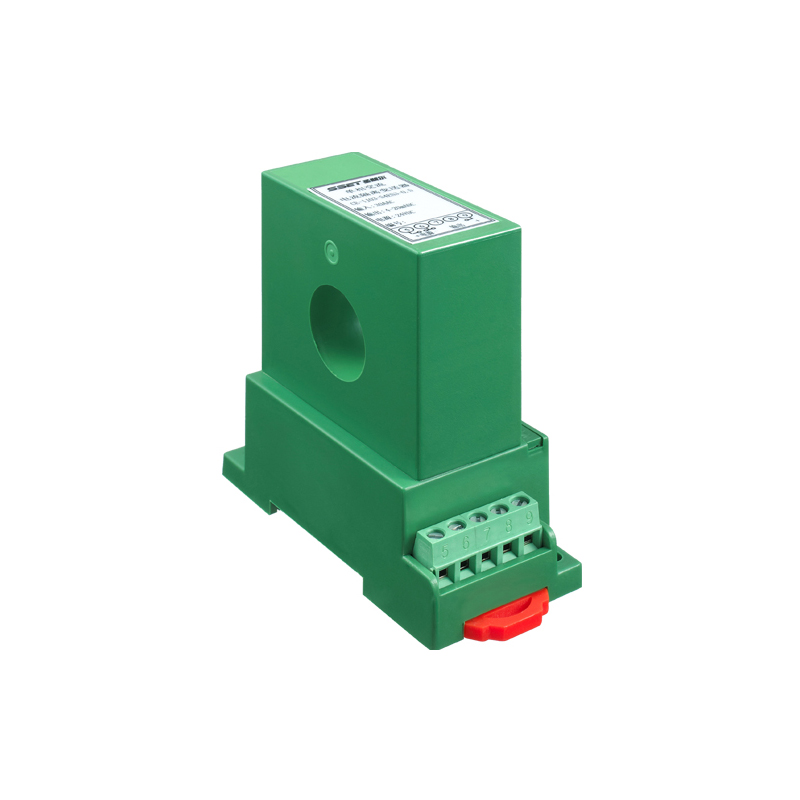
3.2 Three-Phase power Transducers
Definition and Function: Three-phase transducers are engineered to measure electrical parameters across all three phases in three-phase power systems, which are prevalent in industrial and large commercial settings.
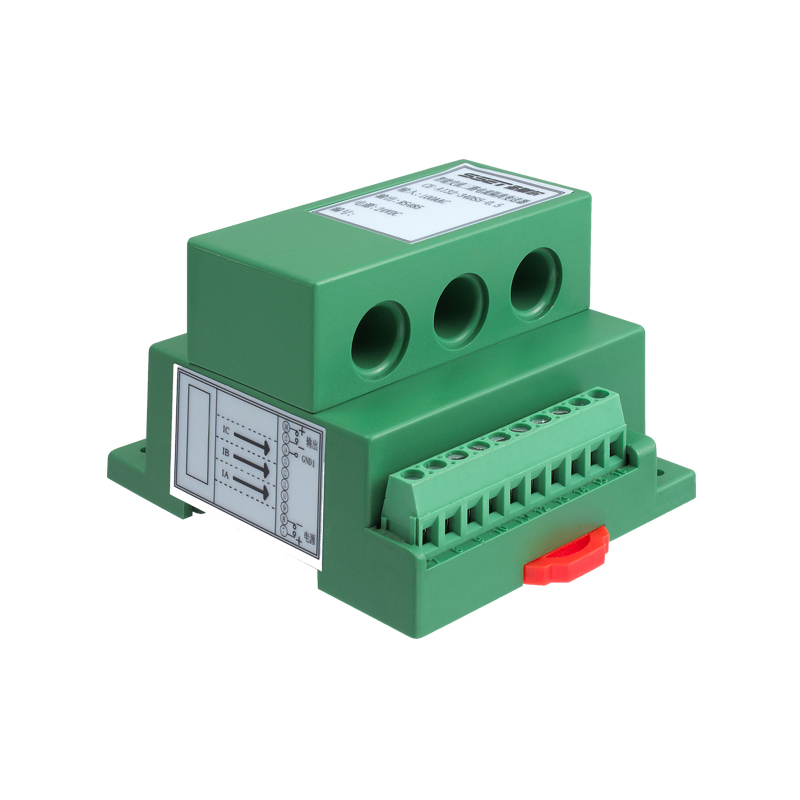
Working Principle: These transducers simultaneously monitor voltages and currents across all three phases, performing complex calculations to derive parameters like total power, power factor, and energy consumption. The outputs are consolidated into standardized signals representing the overall system performance.
Conclusion
Power transducers are indispensable tools in modern electrical systems, offering precise and reliable measurements essential for effective monitoring, control, and optimization. By understanding the various types of power transducers—categorized by measurement type, input signal, and phase measurement—engineers and technicians can select the appropriate devices tailored to their specific application needs. This ensures enhanced system performance, improved energy efficiency, and increased operational safety across a wide array of industries and applications.


